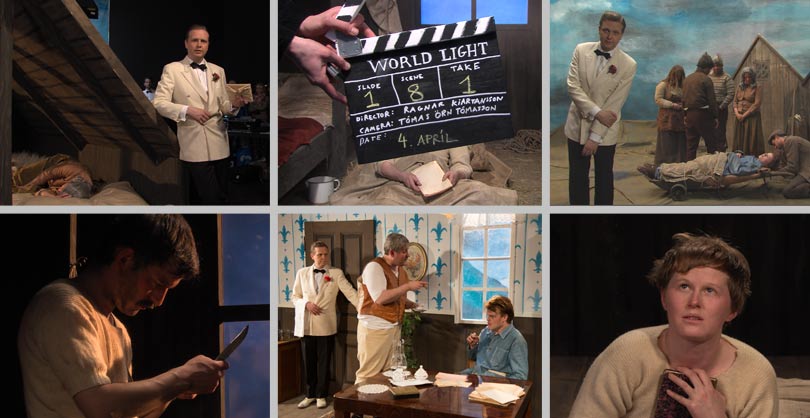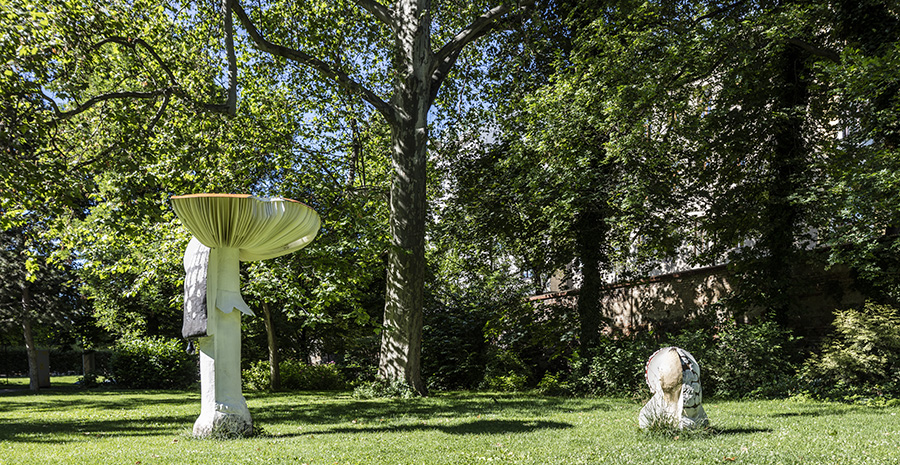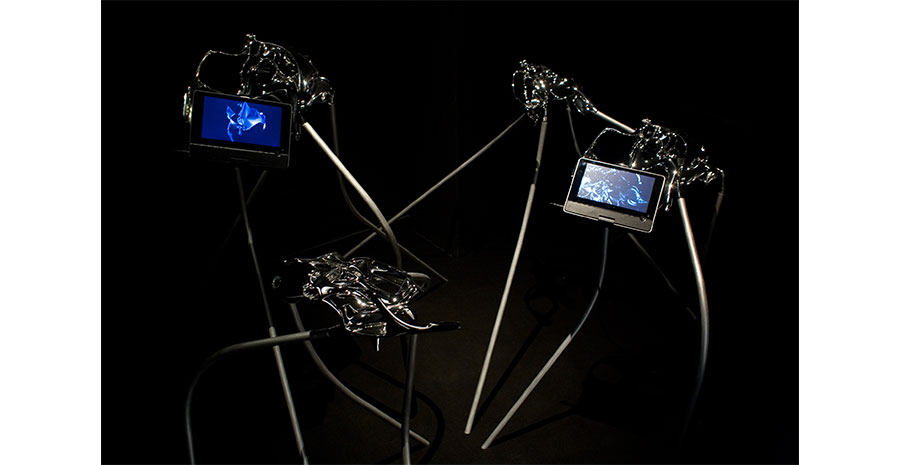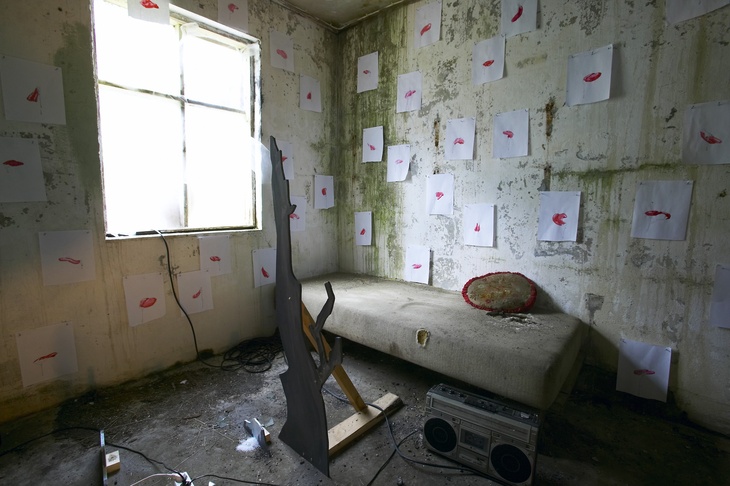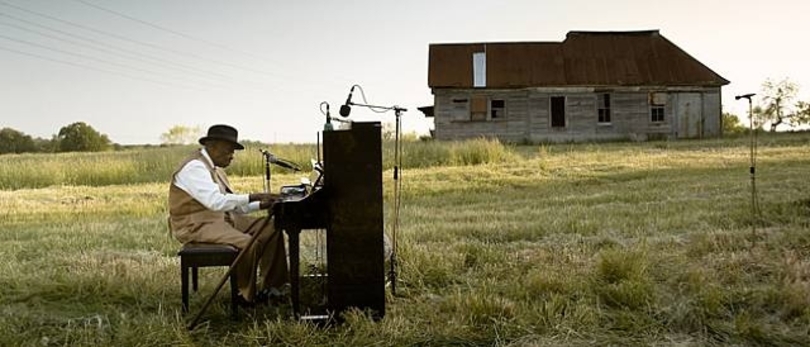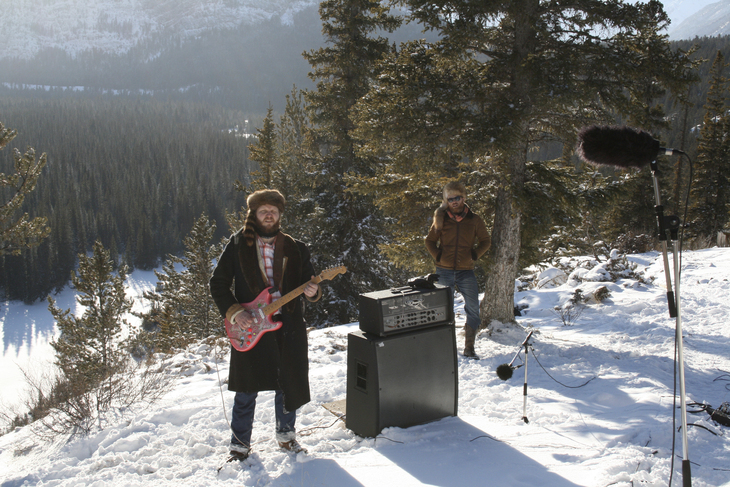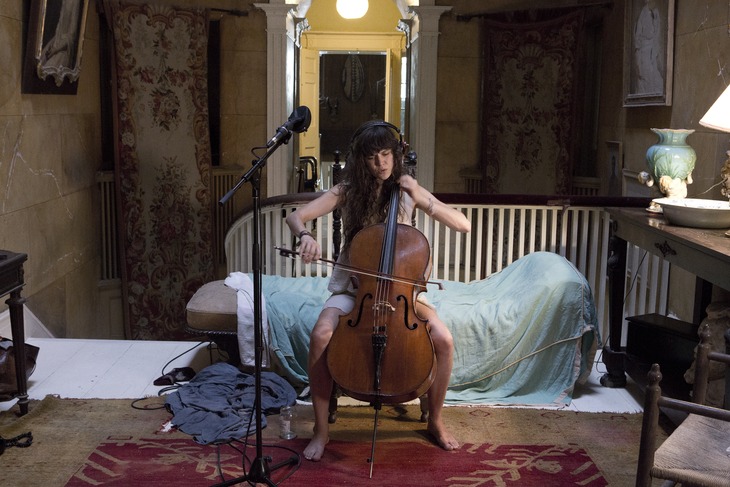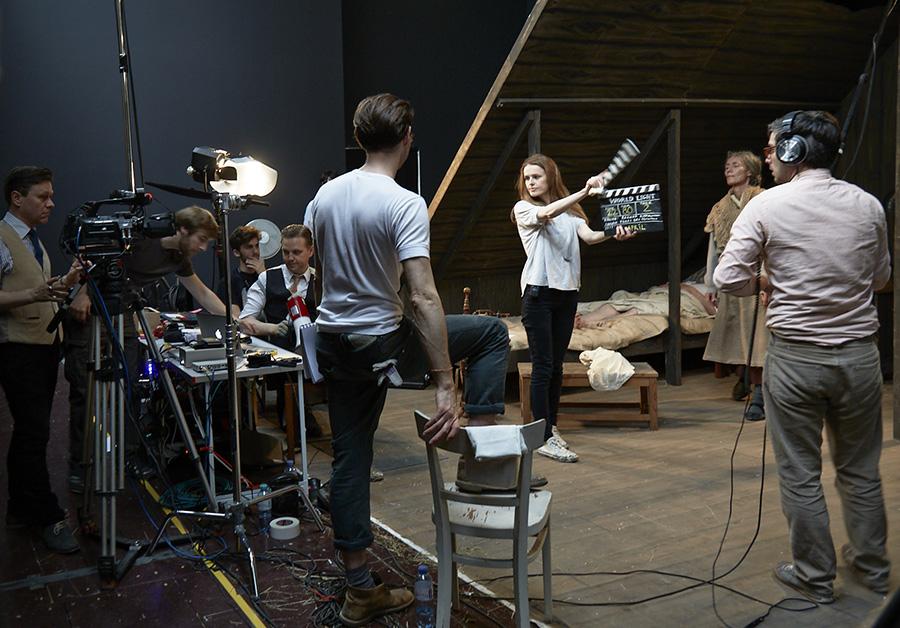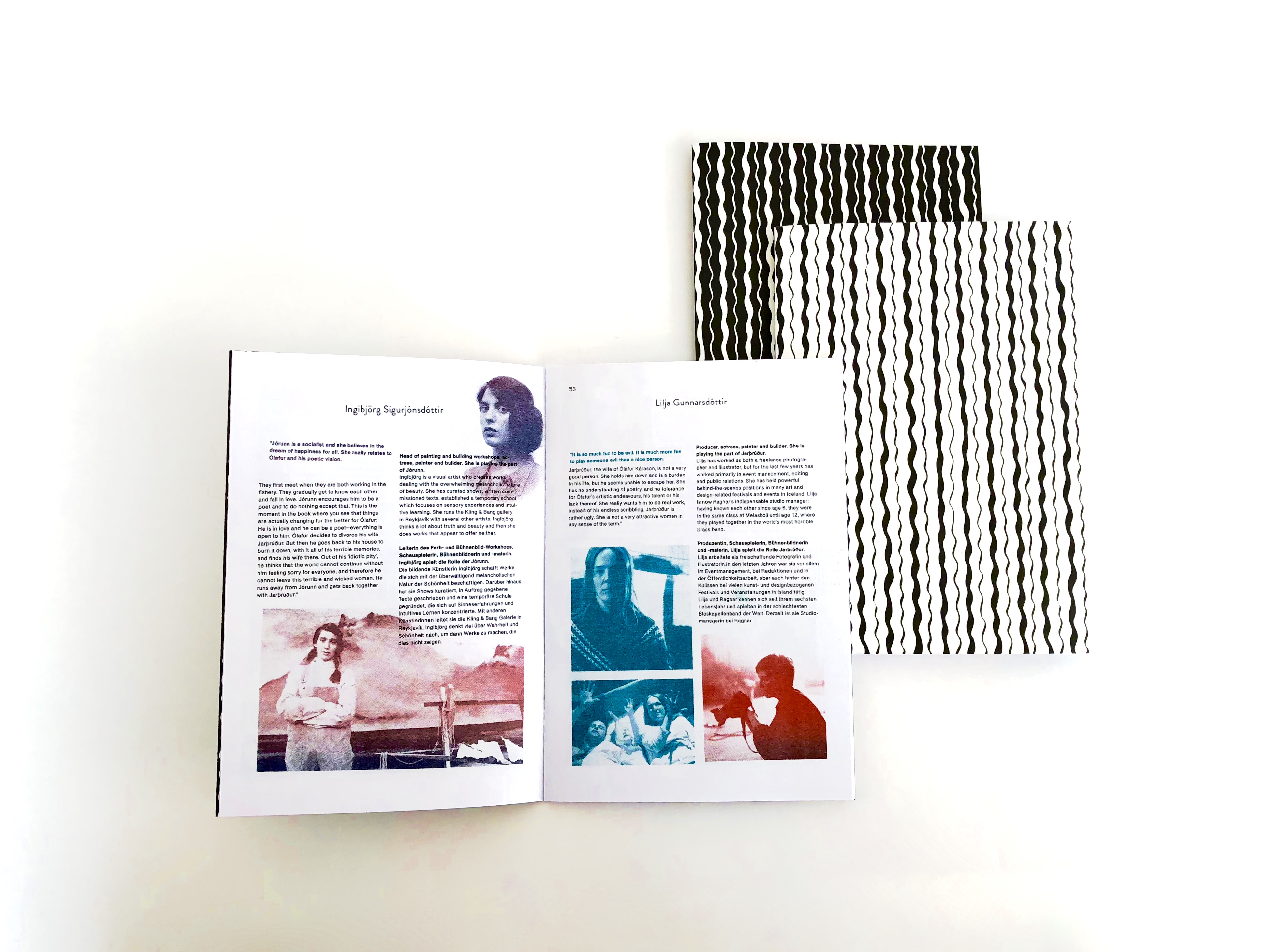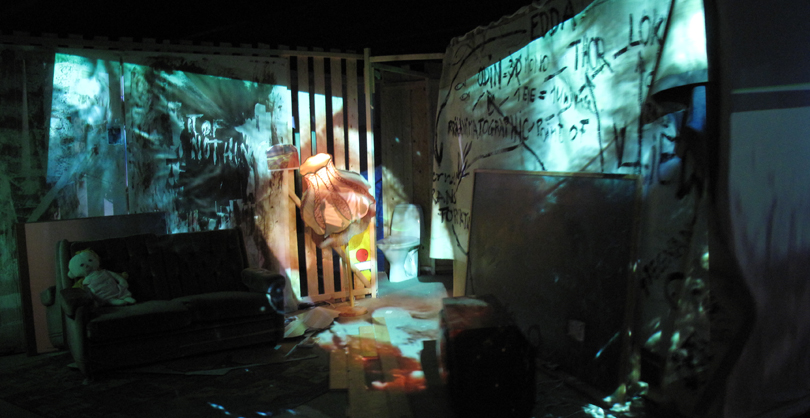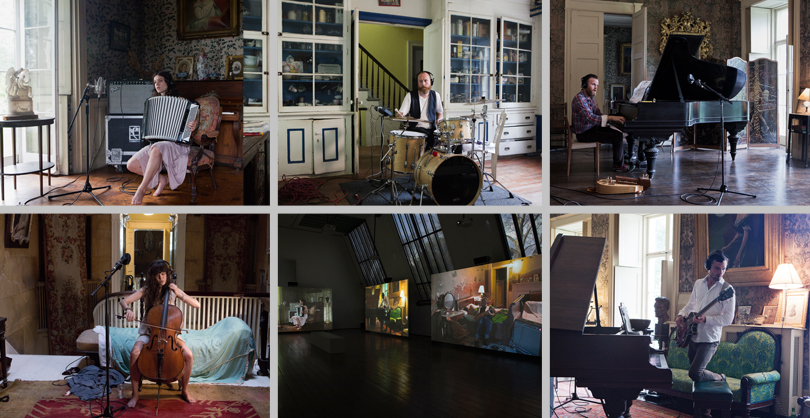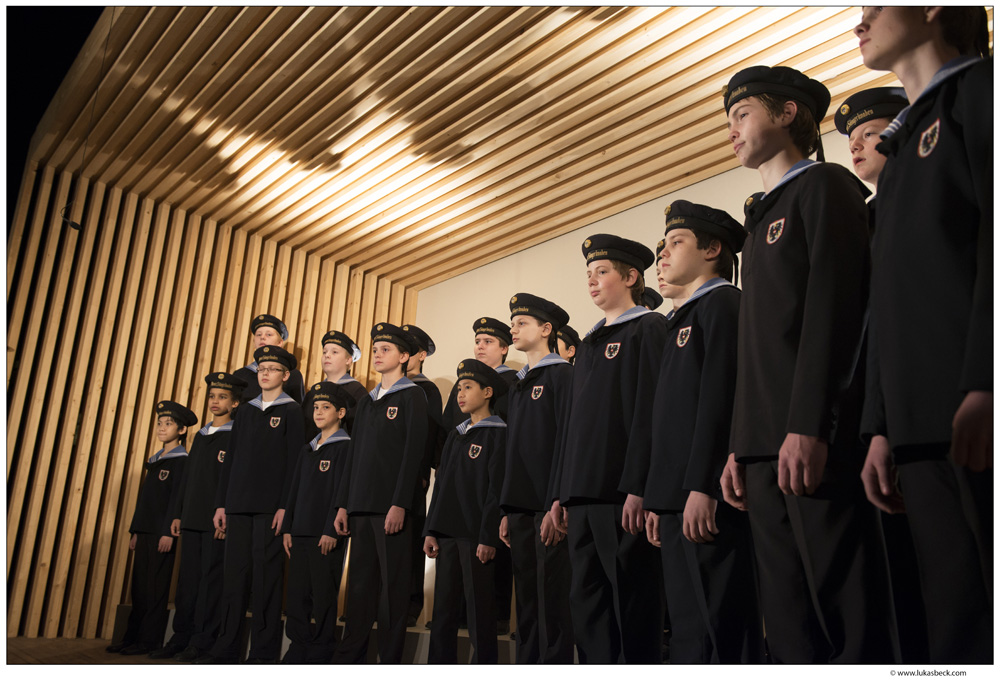highlights es


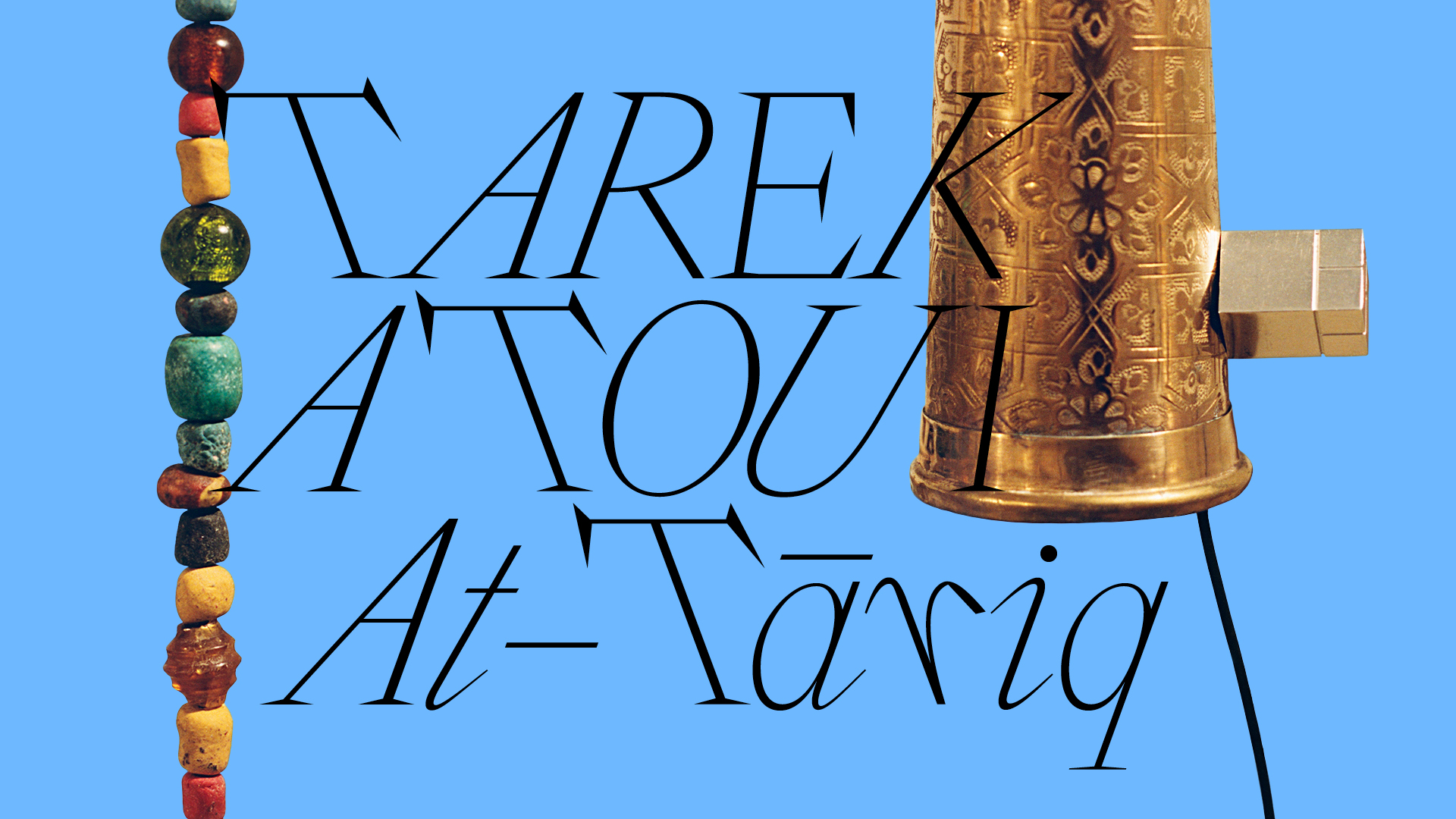
Tarek Atoui. At-Tāriq
A Journey into the Rural Music Traditions of North Africa and the Arab World
A Journey into the Rural Music Traditions of North Africa and the Arab World
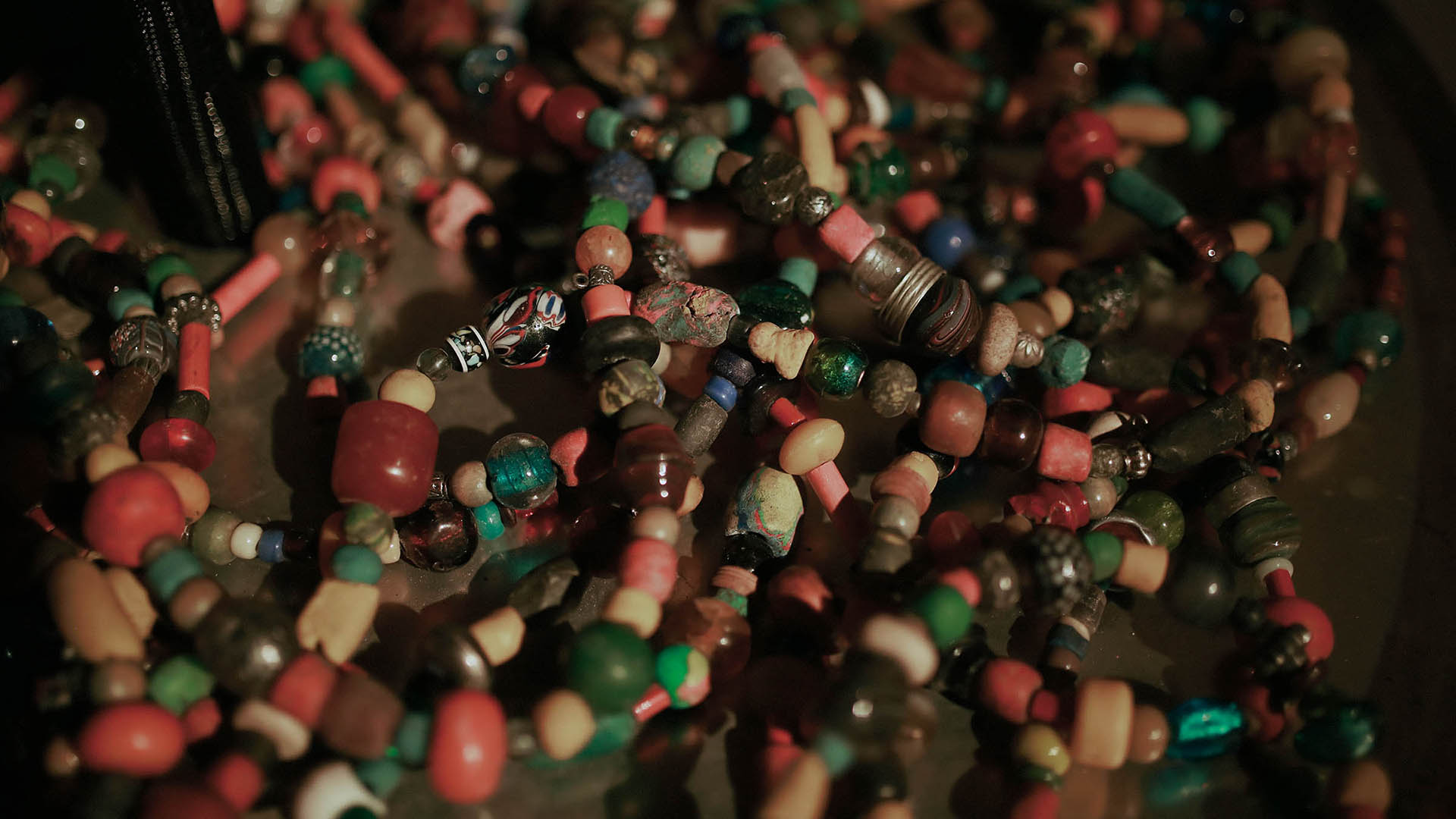
Tarek Atoui. At-Tāriq | Public Program
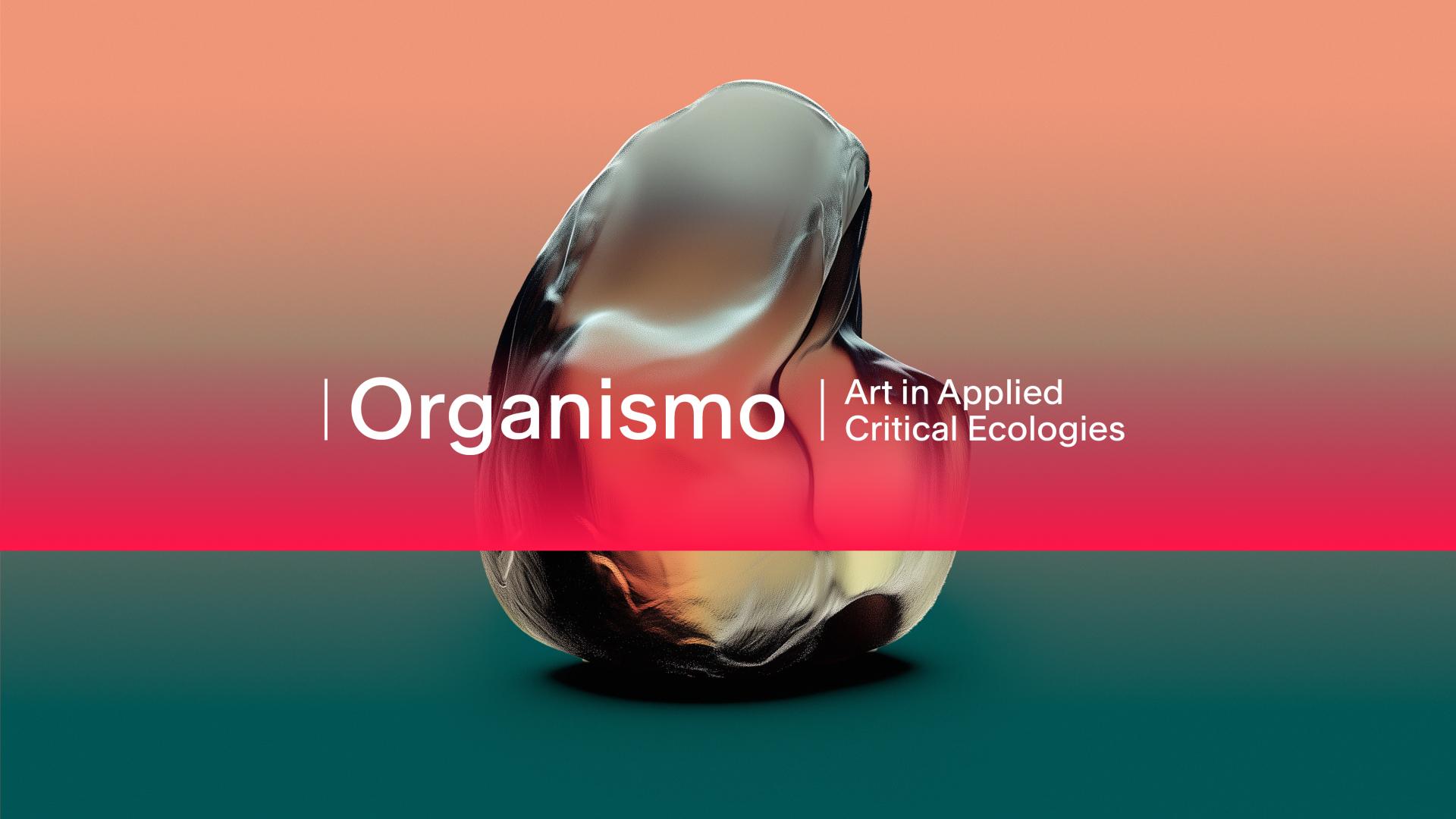
Organismo | Art in Applied Critical Ecologies
Independent study program, Year One
Independent study program, Year One

Organismo | Public program
Independent study program, Year One
Independent study program, Year One
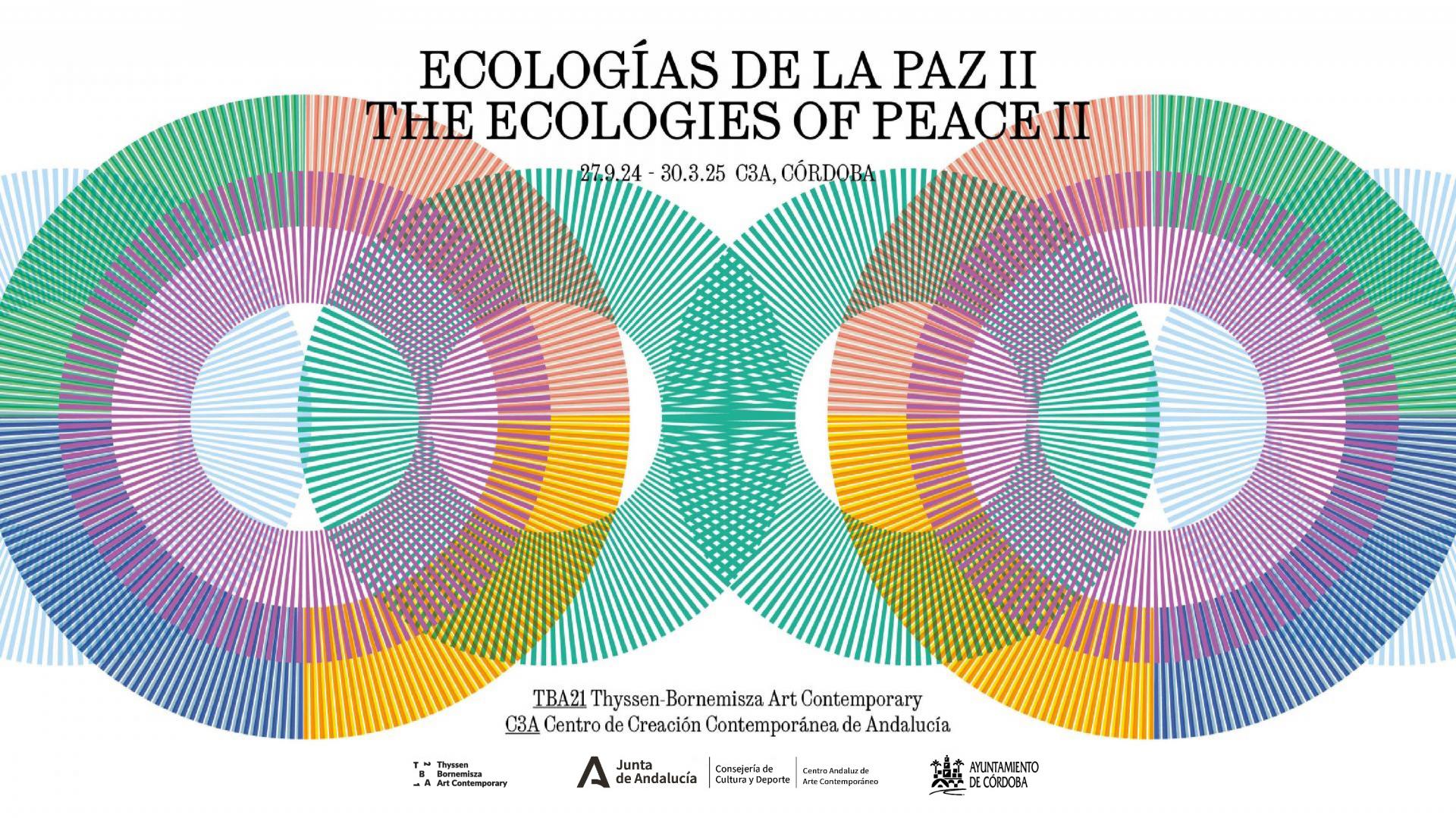
The Ecologies of Peace II

The Ecologies of Peace II - Winter Mediation program
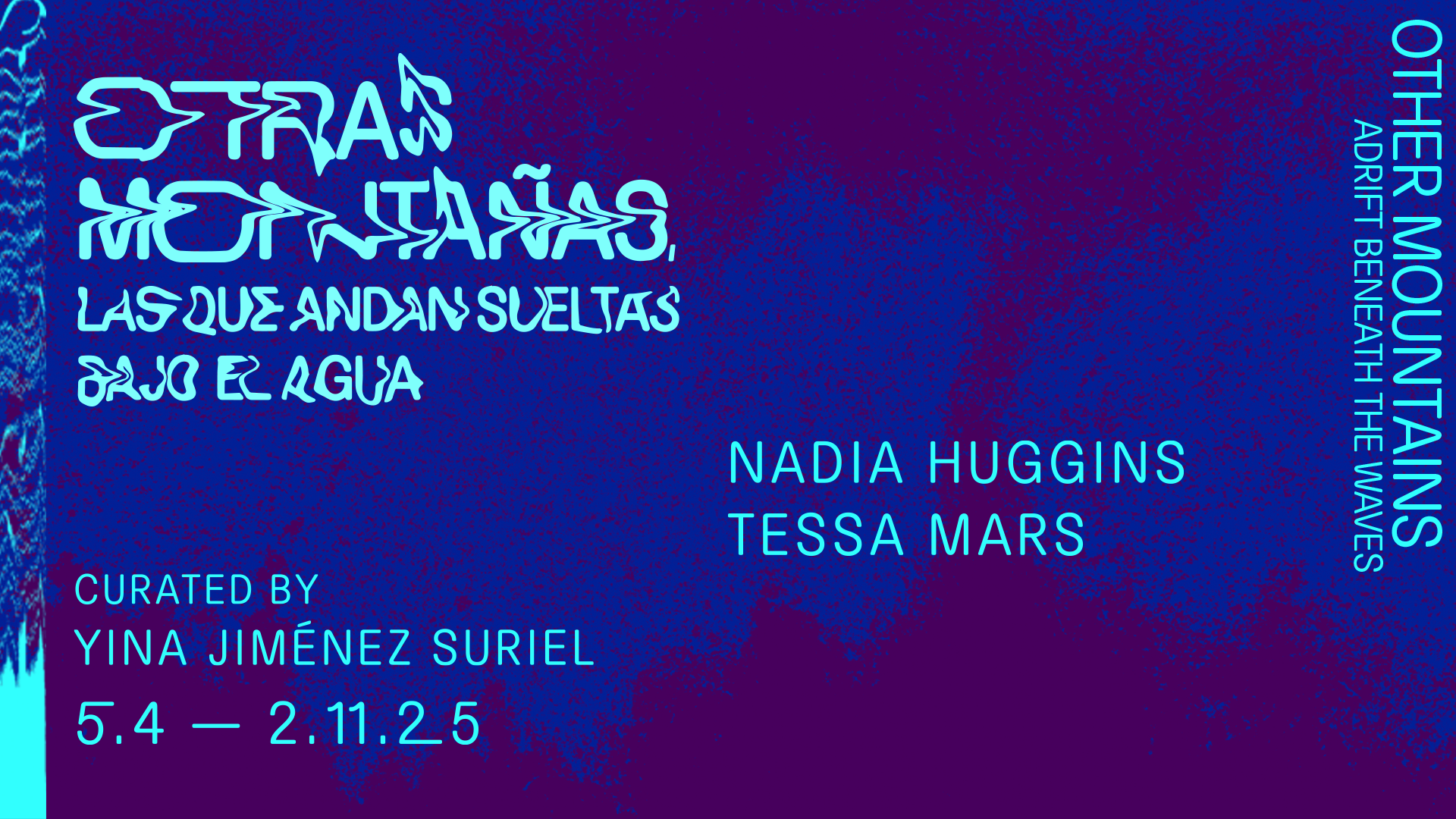
Otras montañas las que andan sueltas bajo el agua
Exhibition at Ocean Space - Venice
Exhibition at Ocean Space - Venice
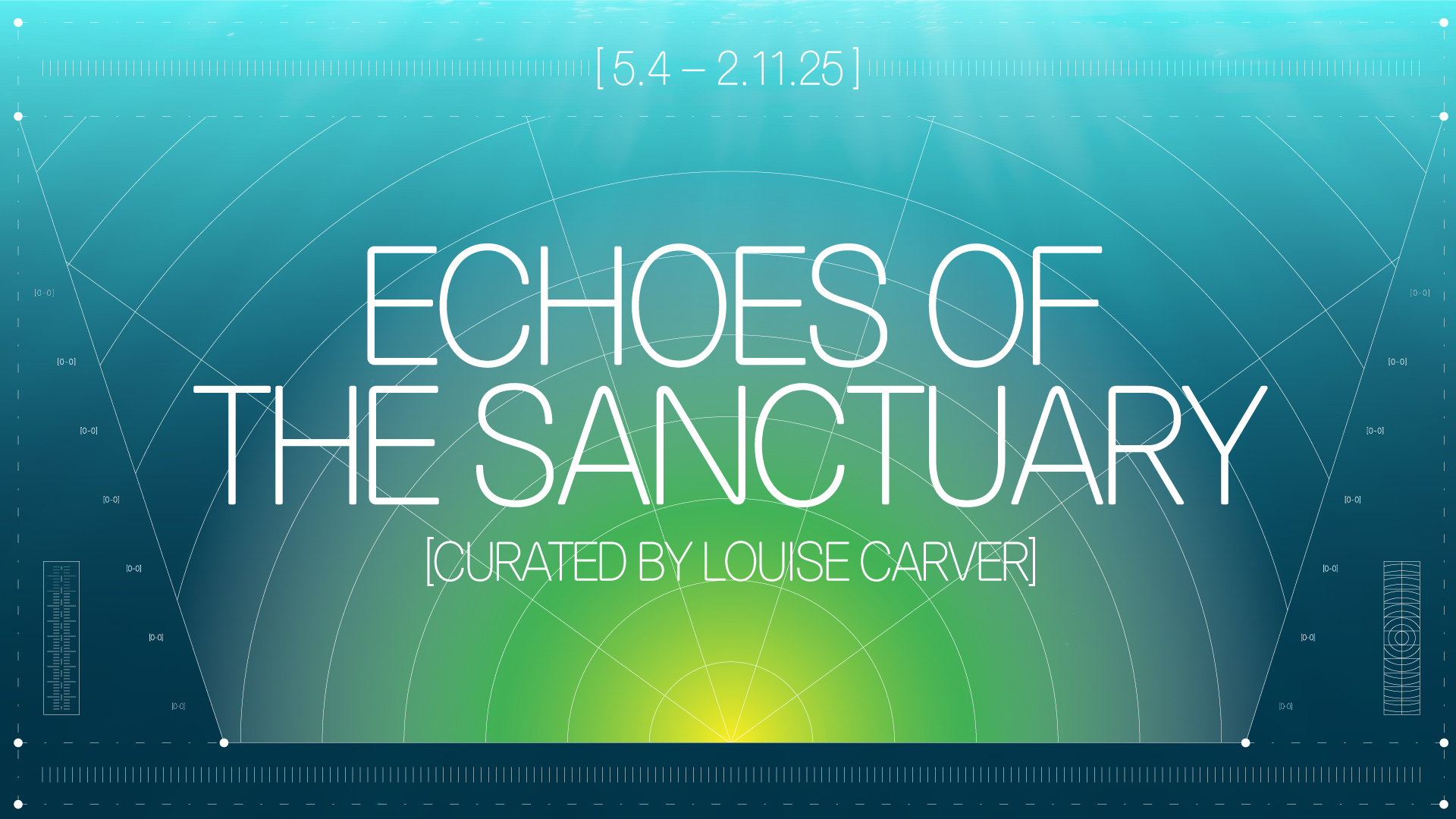
Echoes of the Sanctuary
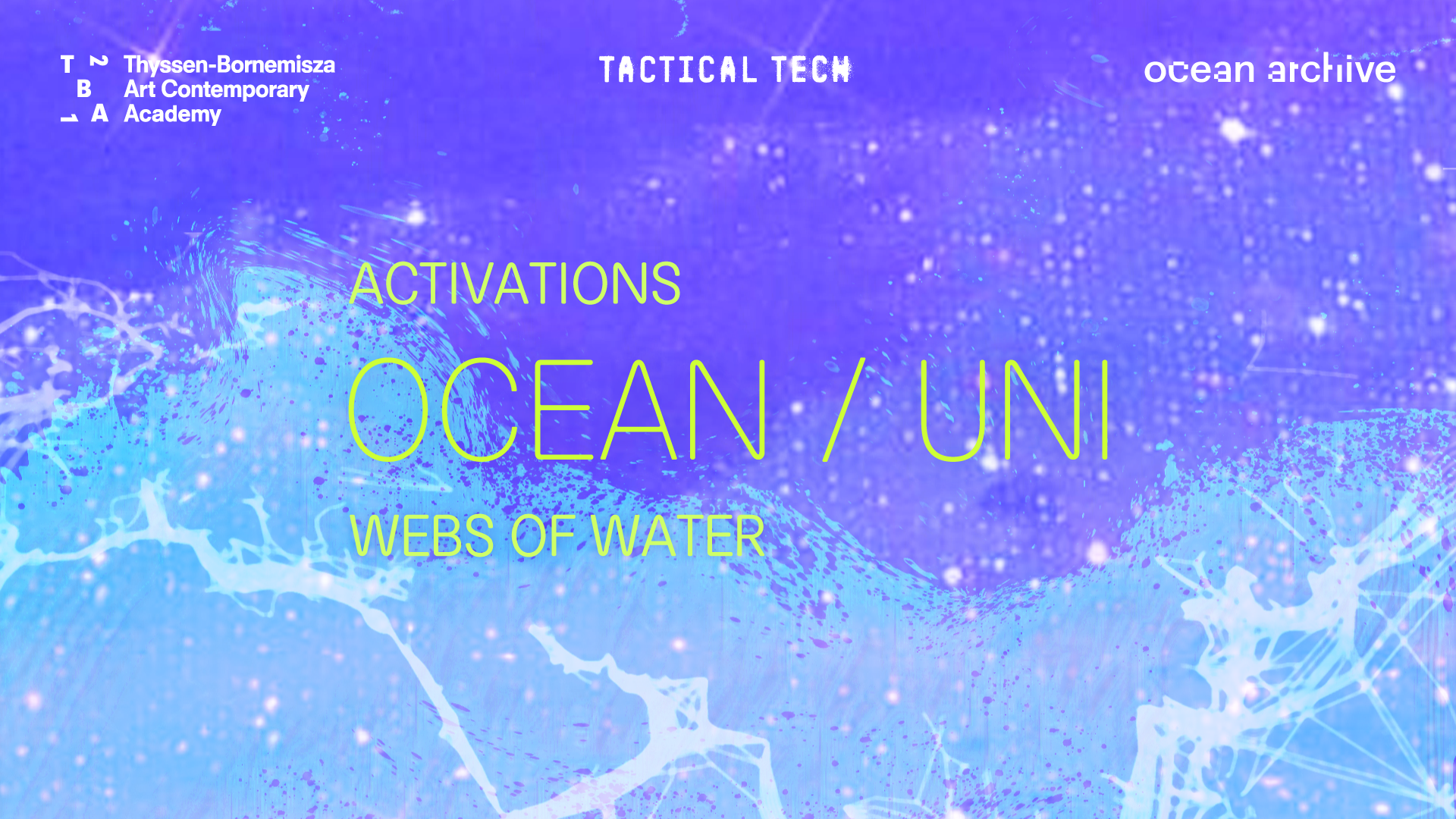
Webs of Water
An Online Activations Series
An Online Activations Series
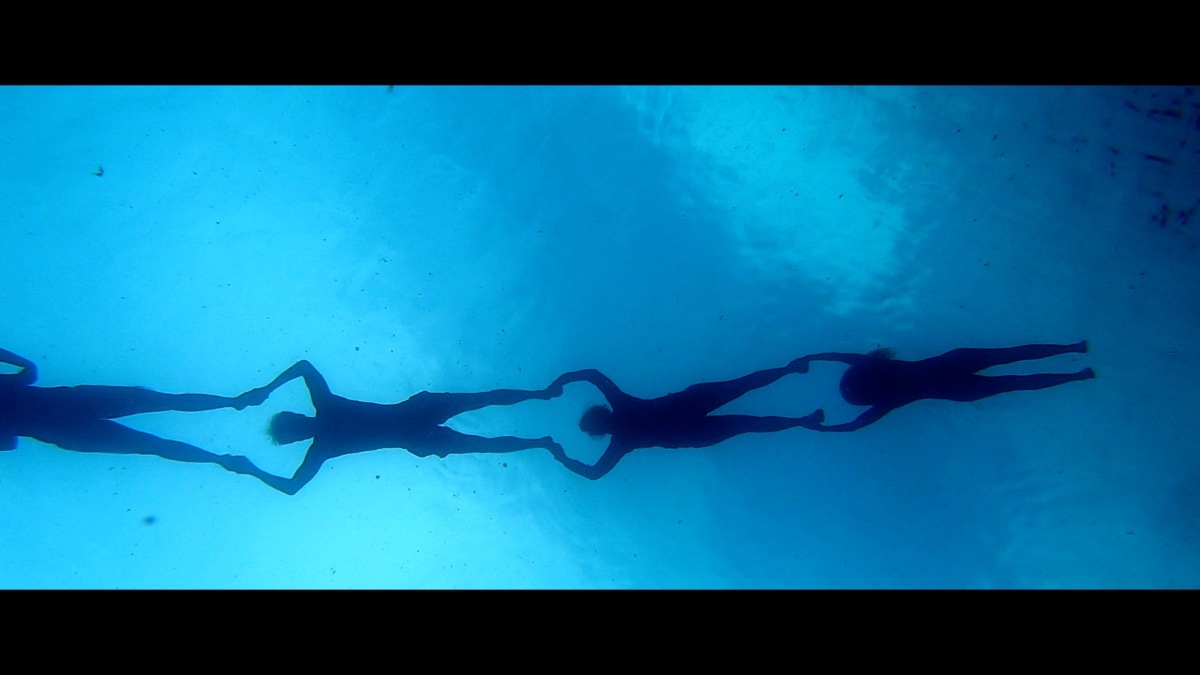
Becoming Ocean

TBA21–Academy’s Ocean Space Wins Flash Art Italia Award for Innovation and Sustainability
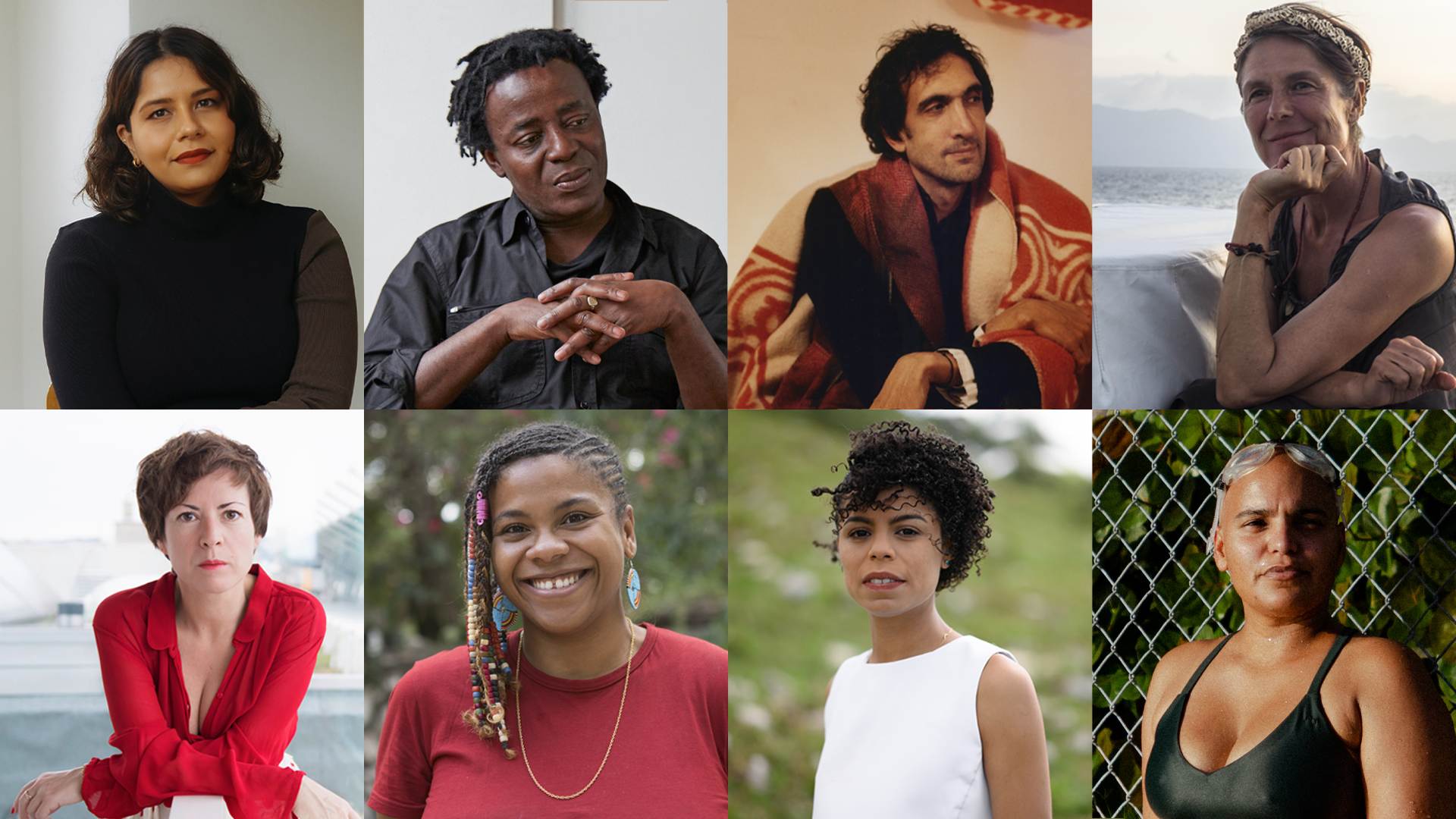
A first look at our 2025 exhibition program


